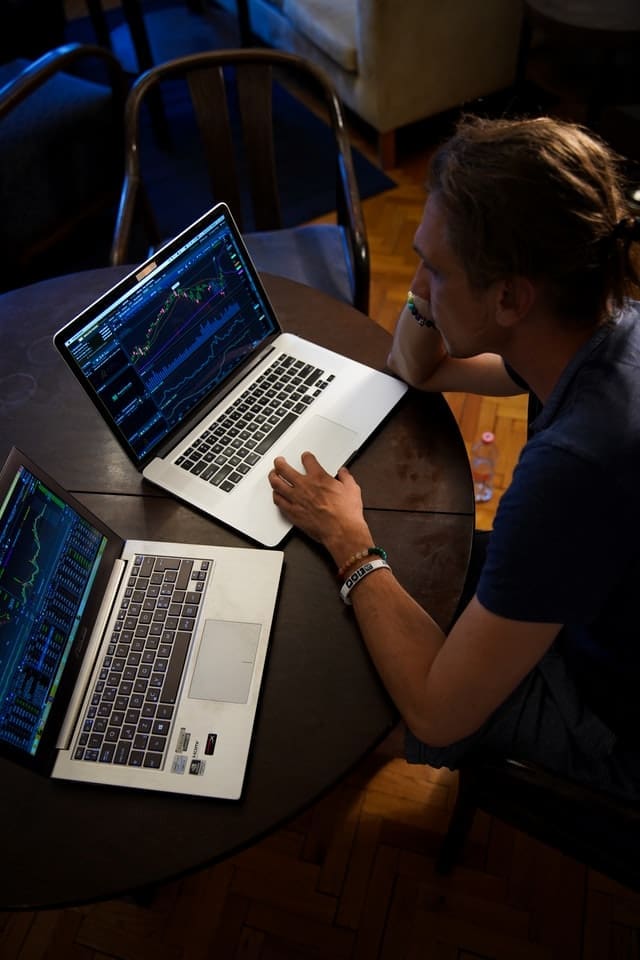Foreign exchange trading is just as complicated and intense as any other global market. One must comprehend the market and enhance their trading technique to not just profit but to perform effectively and consistently. Traders can also find the best forex robot to help the trader make profits.
One of the most crucial components of forex trading is determining an effective trading approach. An individual trader must determine the optimal forex trading technique according to their trading experience and risk appetite. There are several techniques to trade FX, so it’s crucial to pick one that’s right for your degree of expertise, financial objectives, and the demands of the situation.
1. Trend trading
Among the most influential techniques in the market is the trend trading approach. It entails determining the movement of market trends and then trading short or long in response. Market participants must first determine the overall trend direction and intensity before doing so efficiently. Although past performances of a currency pair do not indicate implied volatility, it is still necessary to have a good risk management plan in hand.
When trading in the direction of a consistent pattern, a trader should be willing to accept small losses in the certainty, knowing that as long as the underlying trend is maintained, gains will eventually outnumber losses.
2. Scalping
In scalping, traders purchase and sell currencies to get minor gains from each transaction. Scalping tactics in FX are generally based on continuous monitoring of market fluctuations and familiarity with the spread. Scalpers aim to earn extra profit by accumulating many minor profits. Maintaining a position for hours, days, or even weeks is the polar opposite of this strategy.
Due to the liquidity and volatility of the currency market, scalping is quite prevalent. Traders want markets whose price activity is continuously changing so that they may profit from modest variations. They must, however, watch for the bid price to increase above the original ask price before flipping the currency before the market price swings again. Scalping demands a significant amount of time and focus, as you must continually evaluate charts for probable profitable opportunities.
3. Day Trading
Exchanging currencies in a single trading day are known as day trading. The day trading method is mostly utilized in forex, yet it applies to other markets. This trading strategy suggests that you open and close all of your deals on the same day. Day traders employ short-term trading tactics. Unlike scalpers, who are only interested in staying in the market for a few moments, day traders watch and manage their open positions throughout the day.
There tend to be more misleading signals because of the limited context when analyzing price fluctuations over a short time span. Thus, day trading usually necessitates greater expertise and market knowledge.
4. Position Trading
This trading strategy is intended to be used over a lengthy period of time. Contrasting scalping and day trading, this trading method primarily concerns fundamental factors. Minimal market changes are not considered in this technique since they have little impact on the overall market. This technique demands traders to adopt a broad perspective of the market and withstand minor market changes that oppose their position as a long-term trading strategy. Position trading’s success or failure is determined by the trader’s knowledge of the market and capacity to manage risk.
To detect cyclical patterns, position traders are likely to study central bank monetary and fiscal policy, geopolitical events, and other fundamental factors. Because their position might take substantial time, this trading method is designated for more diligent traders.
Conclusion
Understanding currency pairings, choosing your trading strategy, determining how to trade forex, developing your approach, and minimizing your risk are all part of the forex trading fundamentals. Each of the strategies listed above has its own advantages and disadvantages. Some techniques are more beneficial in developing markets, while others are better in range or fluctuating markets.
Choose a more basic, long-term plan that will allow you to master technical analysis and evaluate your results.
Featured Photo by Adam Nowakowski on Unsplash




